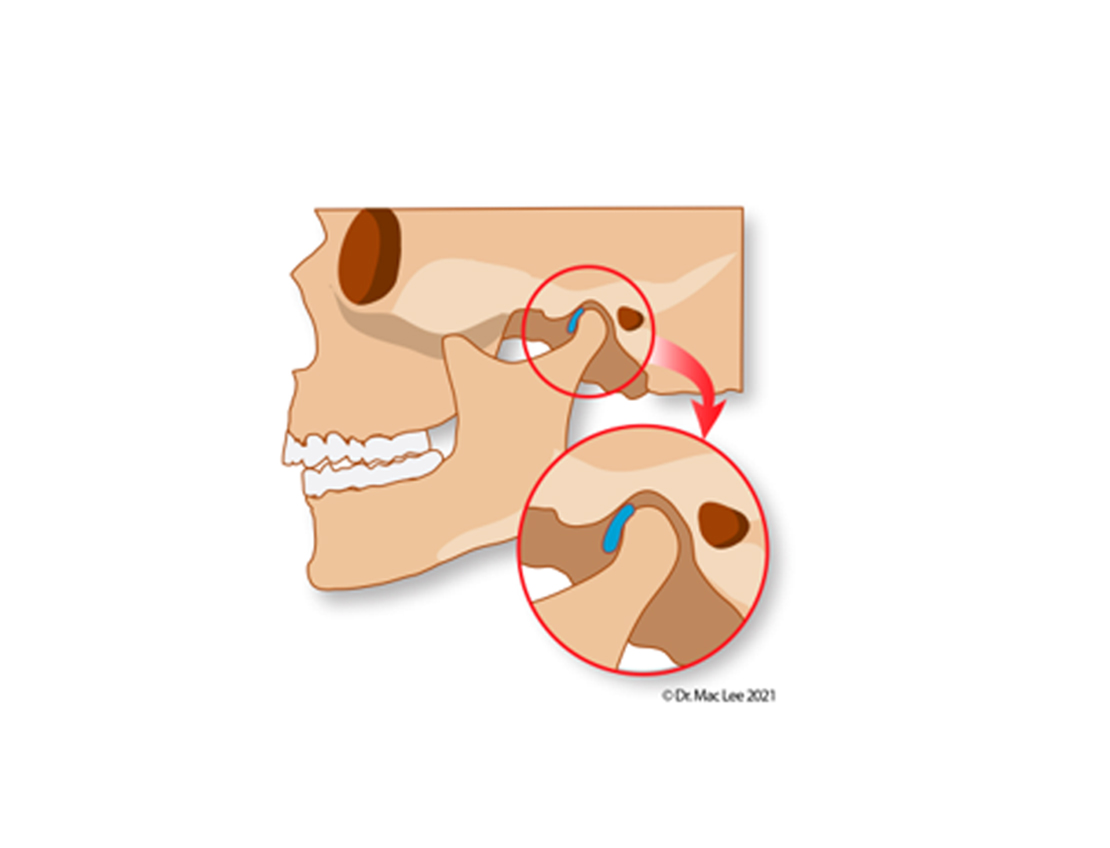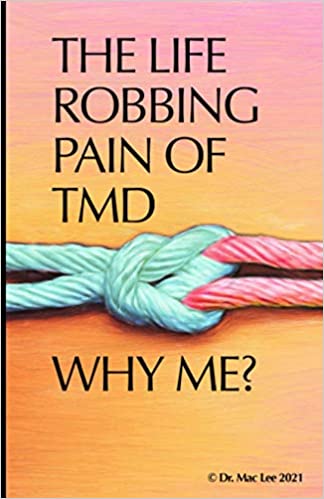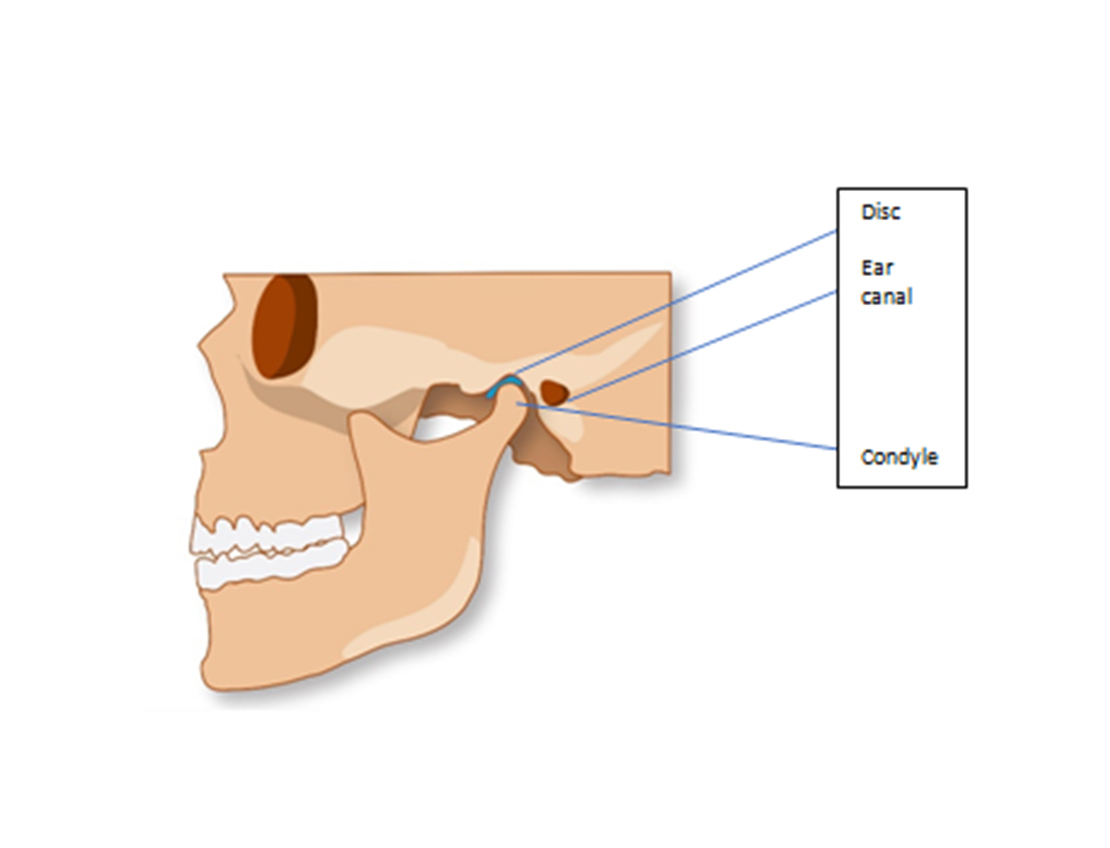
Temporomandibular Joint Disorder Treatment
The most misunderstood discipline in dentistry is pain due to the way the teeth come together. Few can even agree on the correct term to describe the condition. It is called TMJ, TMD, TMJD, and TMJ/TMD. The percentage of TMJ doctors and or TMJ specialist who have the knowledge to do Temporomandibular Joint Disfunction treatment is extremely small. The percentage of people across the world who suffer from this condition is quite large.
The pain from this condition can be life-robbing. Sufferers look for answers in medication, chiropractors, massage therapists, acupuncture, the medical and dental professionals, and get no answers and no relief. Many have wasted money on MRIs, Cat Scans, dental appliances with no positive results.
The purpose of this blog is to help bring awareness to this hard to name condition.
Understanding Temporomandibular Joint Disorder
People who have pain in the ear, spent money with ENTs only to be told there is nothing wrong. Others with severe head pain seek the help of neurologists, only to be told there is nothing wrong. Getting relief from chiropractors, massage therapists, etc is only temporary relief. Dentists who are not TMJ specialist, make “night guards” that make matters worse. These unaware dentists do not understand Temporomandibular Joint Disorder Treatment. Their diagnosis is wrong and when the diagnosis is wrong, the treatment is wrong.
On the other hand, there are TMJ doctors who are extremely successful in temporomandibular Joint Disfunction Treatment. They understand the complexity of healthy jaw joints versus those that do not work properly. They know how to make the correct diagnosis for temporomandibular Joint Disfunction Treatment.
The information in this blog is for dentists and patients with TMJ pain who want to know more. Understanding the difference between a healthy and unhealthy joint is a good place to start. Healthy joints allow a person to open wide; they do not make any noise whatsoever, they do not cause the jaw to deviate, and they are painless.
Dentists and their dental team know how difficult it is to work on a patient with limited opening. Patients who cannot open wide know the misery of going to the dentist. Because limited mouth opening is so common, both dentist and patient accept that it is normal. With awareness that limited opening is not normal and is treatable is a positive step for dentist, dental team, and patient.
Unawareness of TMD/TMJ creates undue harm in countless ways. The biggest harm is those with life-robbing pain are getting no relief. The medical community, including specialist like neurologists and ENTs have no clue the condition even exists. A bad joint creates ear pain so the unaware patient seeks help from the unaware ENT only to find out the ear is perfectly normal. Since the ENT is unaware, they do not advise the patient to seek the help of a TMJ specialist.
The same scenario holds true for migraines. Patients with self-diagnosed migraines seek the help from the medical professionals especially the neurologists. The neurologists, unaware of TMD/TMJ, orders an MRI which is a frightening, expensive, emotional event for the patient only to have the neurologist’s report that there is nothing wrong. If there is nothing wrong, it must be in the patient’s head. If on the other hand, the medical community was aware of this great imposter called TMJ, the patient could have been referred to a TMJ doctor.
How ICCMO Can Assist You with Temporomandibular Joint Disorder Treatment
ICCMO.org is a non-profit organization for dentists and other health care providers to learn how to become TMJ doctors or better sounding TMJ specialist. All ICCMO members, who learned Neuromuscular Dentistry, are pros at Temporomandibular Joint Disfunction Treatment.
If you are a dentist reading this blog, odds are you were not taught necessary diagnostic skills in dental school to call yourself a TMJ specialist. It is a huge disservice to you, your patients, and your profession. Let me give you an example of not knowing how to be a TMJ doctor is a disservice to the public. Odds are, you were taught that a non-painful popping joint is common and normal. While it is true that the noisy joint is common, it is not true that the joint is normal.
The first image is a simple illustration in case a non-dentist is reading this blog. The condyle is sitting in the fossa with the articular disc sitting on top. The joint is encapsulated by ligaments and it has fluid inside the capsule to make the joint glide easily. The disc acts as a ball bearing to also allow the condyle slide down the joint. In a normal joint, the jaw can fully open to three and four fingers wide. In the normal state, when everything is working good, there is no noise, no popping, and no deviation of the jaw when opening.

In a popping joint, the disc is off the condyle as the image shows. As the joint begins to open, the disc “pops” back on to the condyle. As the condyle goes back into the joint, the disc pops back off. Even though there is no pain, this constant pressure on the joint can be armful over time. When there are clicking joints, there will be right and left deviations of the jaw on opening and closing.

If the condyle continues to go back farther, it will compress the joint even more. This can put pressure on the highly sensitive Retromolar Pad, a highly vascular and nerve center as indicated in the above image. Notice the proximity to the ear canal. A proper diagnosis by a TMJ specialist will lead to the proper temporomandibular joint disorder treatment which will be explained more in another blog.
The images on this blog come from the ICCMO.org endorsed information pamphlet, The Life Robbing Pain of TMD; Why Me? The book is found on Amazon at



